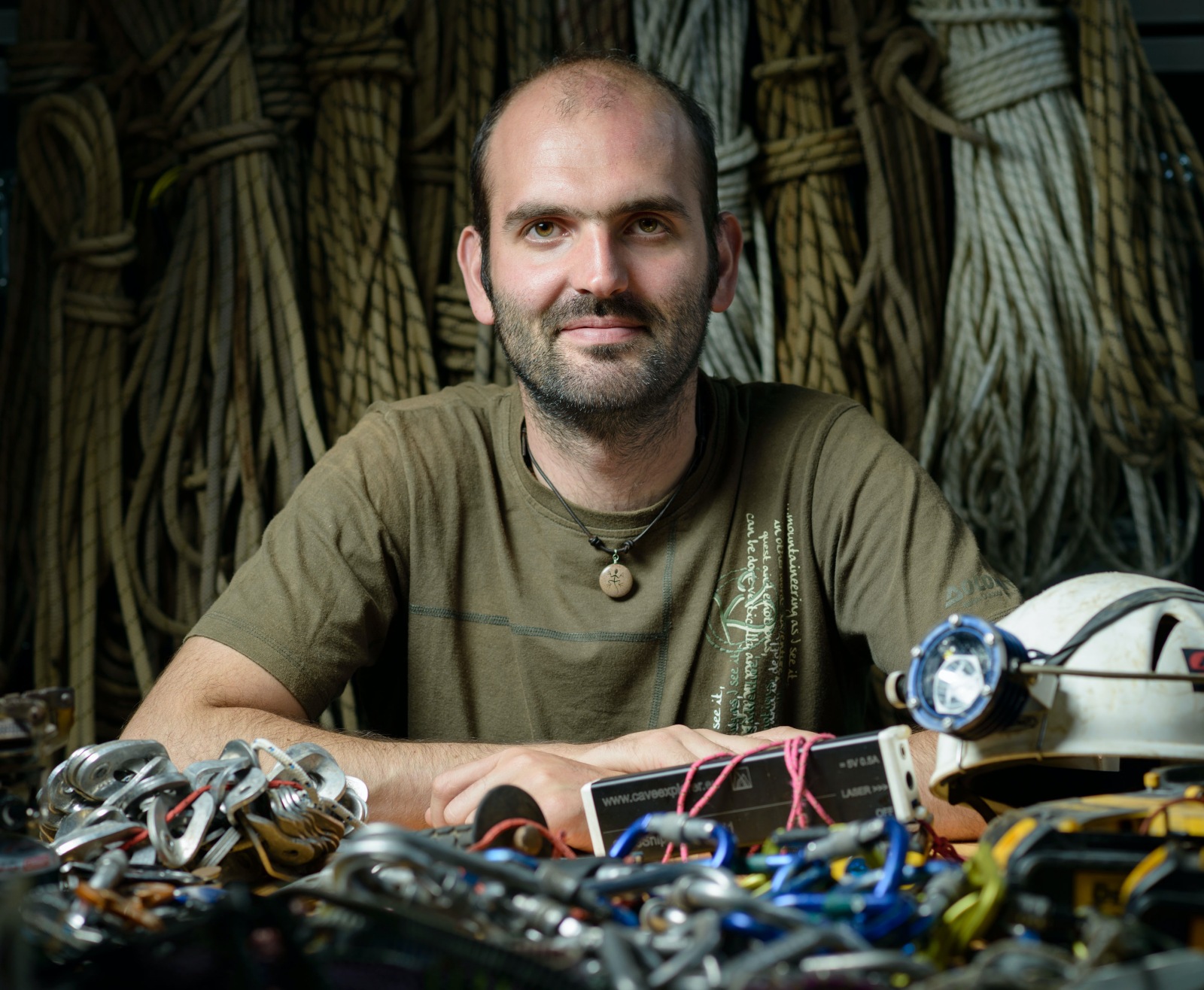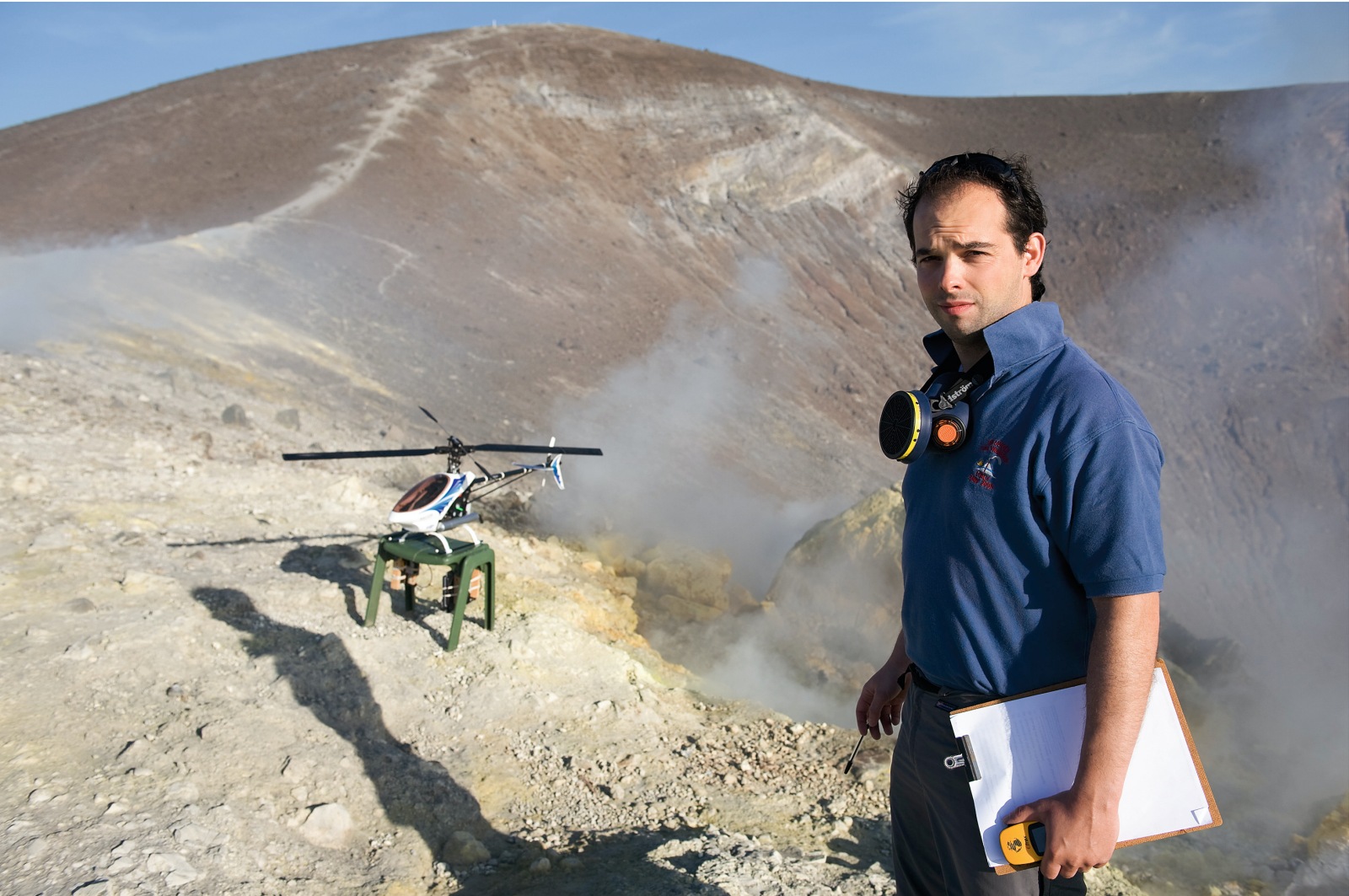Championing The Visionaries

Scientific explorers are now more important than ever in preserving the natural world.

Since time began, humanity has shared an innate characteristic: the desire to discover. From those early men and women who stood at the entrance of caves looking out over mountains, to the ancient Phoenicians through whose artefacts we can see journeyed from Lebanon as far as Britain. Curiosity is part of what makes us human. But how can we justify scientific exploration today when the world has so many other pressing issues?
One of the greatest supporters of exploration is Rolex. For the last 44 years the Swiss watch manufacturer has handed out annual Awards for Enterprise (a sum of CHF50,000) to visionary young scientists, engineers and conservationists who are going beyond boundaries in the name of advancing human knowledge to protect natural habitats, preserve our cultural heritage, and improve the way we live on the planet.
According to André J Heiniger, the former chairman of Rolex who created the awards in 1976, the awards were initiated “out of a conviction that we had a responsibility as a company to take an active interest in improving life on our planet and in the desire to foster values we cherish: quality, ingenuity, determination and, above all, a spirit of enterprise”.
Here we speak to three of Rolex’s award winners about their missions.
Francesco Sauro : Exploring Subterranean Caves

Italian geologist Franco Sauro studies caves: ones that are so remote no one has ever stepped foot in them. From the caves in the table-top mountains on the Brazil-Venezuela border, which he describes as a “house of the gods”, to the melting ice caves of Greenland, his discoveries are far-reaching.
The main body of his research takes place in the tunnels of the quartz caves of the tepuis between the Orinoco and the Amazon-basin, some 22km long. Because quartz is so hard and insoluble, any cave made from quartz is very old, hundreds of millions of years, he explains, because it has taken a long time for water to erode it. Which is why it is so interesting.
Sauro’s trips have led him to discover new caves, new animal species and new minerals: “It’s a lost world that opens up new doors,” he says.
Although his research takes place deep inside the Earth, it has wider implications for our study of other planets and whether they were, or could be, inhabited. “What I want to achieve is to understand how life has evolved, and if life has begun, underground. On Mars, for example, while we know life on the surface is impossible due to the UV radiation, under the surface potentially you could find life.
“Every cave is a treasure box where you have things many millions of years old: bacteria combined with minerals such as iron, magnesium and silica. It’s like landing on another planet with different geochemical characteristics. You see how life evolved in different conditions.
“The biggest discoveries in terms of changing a paradigm of the universe, could come from caves.”
Many of the caves he has analysed are so alien that the European Space Agency has recruited him to help work on its training programme for would-be astronauts, taking them into caves to help prepare them for other worldly environments they will be met with in space. His dream is to one day explore a lunar cave.
Andrew McGonigle : Forecasting Volcanic Eruptions

For the millions of people who live in the shadow of an active volcano, life would be infinitely more relaxing with an adequate forecasting system. Volcanoes caused some 100,000 deaths in the 20th century.
Scottish physicist and engineer Andrew McGonigle is a pioneer in repurposing drone technology in a cost-effective way to monitor volcanoes all over the world. His goal is to ensure there are no more needless unexpected explosions this century.
The 550-odd active volcanoes across the world are mostly found in poorer places, for instance southern Italy, Nicaragua, Chile and Papua New Guinea.
Ten years ago, when drones were not readily available, McGonigle had to think out of the box. So, using a friend’s stunt auto-piloted helicopter he was able to demonstrate proof of concept. Based at the University of Sheffield, England, he has successfully been using small unmanned drones to measure gasses in volcanoes and detect forthcoming eruptions. This sensor can be attached to an unmanned drone and flown close to the mouth of a volcano.
More recently, McGonigle has been experimenting with measuring ultraviolet light using the sensors on digital cameras, which are found on smartphones; sensors that can be bought off the shelf for £20. The UV light is strongly absorbed by the volcanic gas sulphur dioxide.
“You point a UV sensor at a volcano, and you see clearly dark pixels on the camera where the gas is coming out. You can process that information quickly to see changes in gas release that can point to an eruption on the way.”
A camera can be placed a few kilometres away from the volcano, installed in the field and left there to work under solar power with a satellite link. “It could switch on every hour and take an image burst, send the data, then switch itself off.”
The build cost on the basic camera unit is about £500, although an autonomous unit installed in the field currently costs “tens of thousands of pounds”. McGonigle has been contracted by a local government in northern Chile for the first autonomous unit in November.
Ghislain Bardout : Living Under the Sea

A better understanding of our oceans is crucial to our conservation plans. But it is difficult to understand an environment that we cannot live in. This was the thought process behind the four-year project Under The Pole III (2017-2020), masterminded by French husband-and-wife explorers Ghislain and Emmanuelle Bardout.
For several days at a time they would live in a specially designed capsule at 18m under the sea. Continuously observing the ocean’s comings and goings, especially at dusk and dawn when diurnal and nocturnal species traverse, was the objective. From the capsule they would dive down to 174m where they would discover the world’s deepest coral and how it has been affected by climate change, as well as several new species. In total they conducted 800 dives between 50 divers.
The capsule, which was funded by Rolex, made the discoveries possible, says Bardout. They have just completed an underwater research mission in Moorea, a volcanic island in French Polynesia’s Society Islands archipelago. While they conducted the mission, one of them would stay on the island with their young children, and they would take it in turns, tag-teaming back and forth from the capsule. “We couldn’t have just done it by boat,” he says.
Bardout is in the process of creating a white paper for publication and has future collaborative missions in mind.
“This underwater exploration is our dedication to safeguarding biodiversity, and it is something we want to share. Now I am putting all my energy and passion into pushing our findings to educational institutions, politicians and NGOs, to create a better world,” says Bardout.
“In a few decades our kids will judge us and they will be right to do so. I don’t want to be one of those who can’t look at themselves in the mirror. I can’t imagine what planet we will leave to our kids.”
This article originally appeared in Billionaire's Exploration Issue, Summer 2020. To subscribe click here









